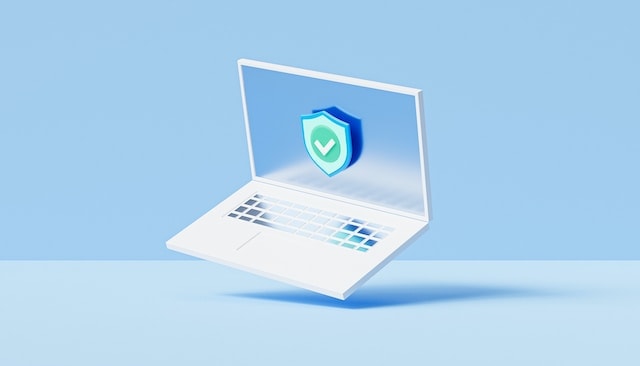Network Patching: Patch Management Basics
Network patching management is a core component of network security. It involves identifying and installing patches, which are software updates that fix vulnerabilities. Vulnerabilities are flaws or weaknesses in software that can be exploited by attackers to gain access to a system or network. By regularly installing patches, you can help to protect your systems from known vulnerabilities.
Importance of Patch Management
Patch management is an important part of network security because it helps to prevent attacks that exploit vulnerabilities. Patching vulnerabilities can help to prevent data breaches, malware infections, and other security breaches.
Process of Patch Management
The process of patch management Cleveland typically involves the following steps:
Vulnerability Identification:
The first step in patch management is to identify which vulnerabilities exist in your systems. There are a number of ways to do this, including using vulnerability scanners, security advisories, and vendor notifications.
Patch Prioritization:
Once you have identified the vulnerabilities in your systems, you need to prioritize them based on their severity. Patches for critical vulnerabilities should be installed first, as they are the most likely to be exploited by attackers.
Patch Testing:
Before installing a patch, it is important to test it in a non-production environment to ensure that it does not cause any problems.
Patch Deployment:
Once a patch has been tested and validated, it can be deployed to your production systems.
Patch Verification:
After deploying a patch, it is important to verify that it has been installed correctly. This can be done using a variety of methods, such as checking the patch level of the software or using a vulnerability scanner.
Network Patching Management Challenges
There are a number of challenges associated with network patch management, including:
The ever-increasing number of vulnerabilities:
New vulnerabilities are being discovered all the time, which can make it difficult to keep up with patching.
The complexity of IT systems:
Many organizations have complex IT systems with a wide variety of software applications. This can make it difficult to identify and patch all of the vulnerabilities.
The need to balance security with business needs:
Sometimes, patching can cause problems with business-critical applications. In these cases, organizations need to weigh the risk of not patching against the risk of downtime.
Tips for Effective Network Patch Management
There are a number of things that organizations can do to improve their network patch management processes, including:
Establish a patch management policy:
A patch management policy should define the organization’s approach to patching, including the frequency of patching, the process for prioritizing patches, and the method for testing and deploying patches.
Use a patch management tool:
A patch management tool can help to automate the process of identifying, prioritizing, and deploying patches. This can save time and help to ensure that patches are installed correctly.
Educate employees about the importance of patching:
Employees can play an important role in network security by promptly reporting any problems that they encounter to the IT department.
Keep up with the latest security advisories:
Vendors and security organizations often release advisories about newly discovered vulnerabilities. It is important to subscribe to these advisories and take action to patch any vulnerabilities that affect your organization.
Patching Network Management
Patch management is an essential part of network security. By regularly patching vulnerabilities, you can help to protect your organization from a variety of threats. By following the best practices described in this blog post, you can improve your organization’s patch management processes and help to keep your systems secure.




